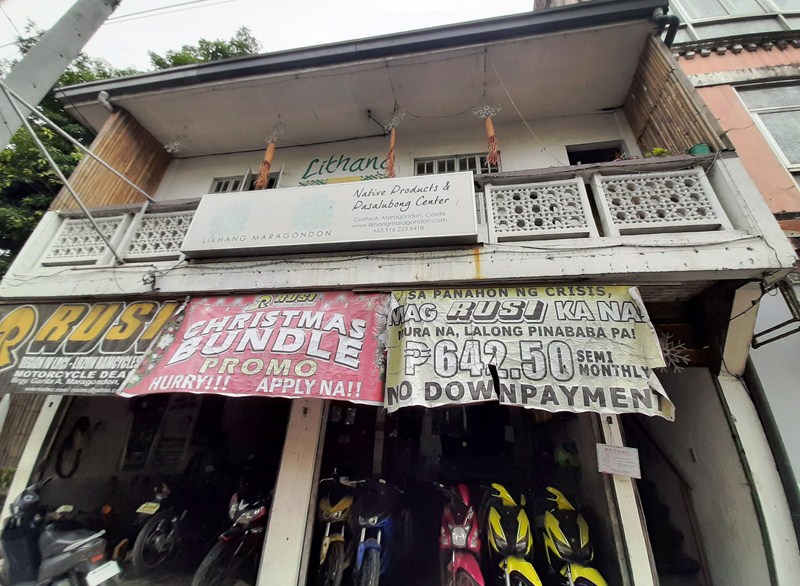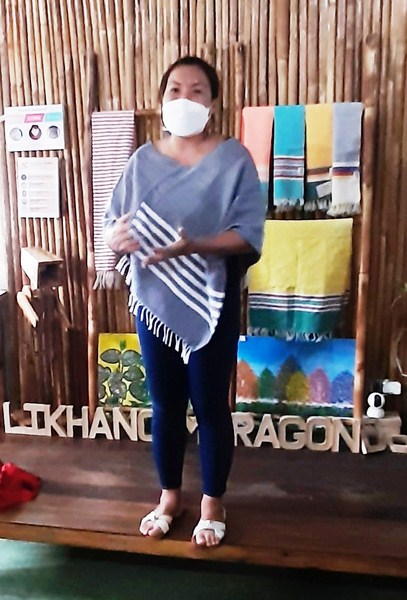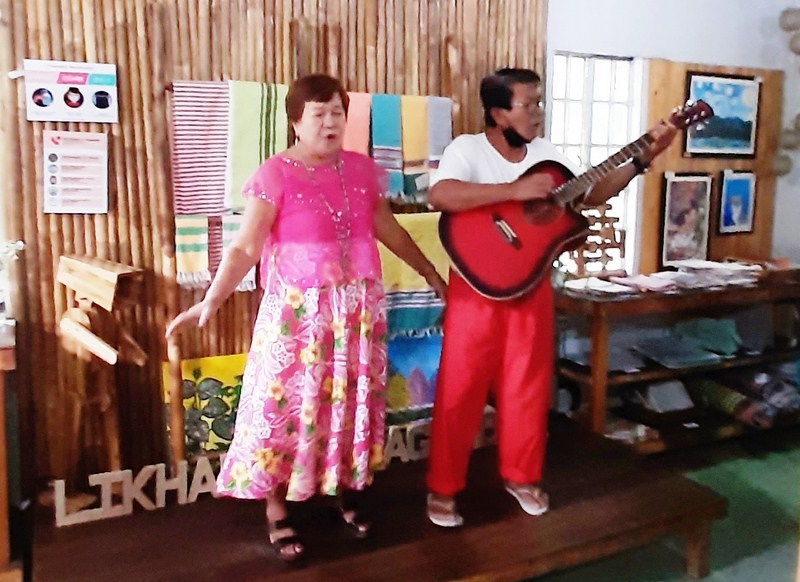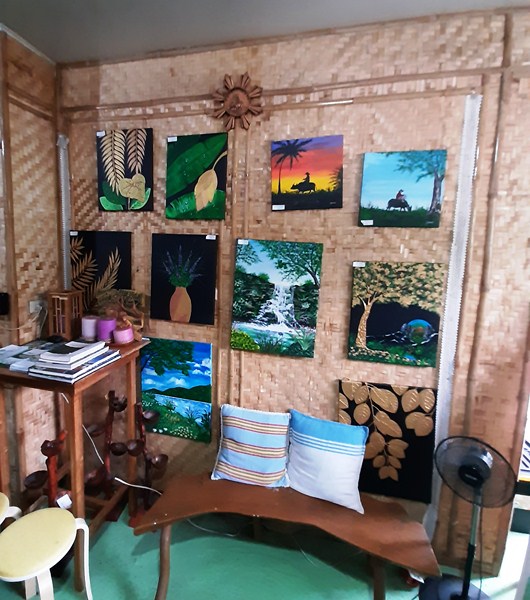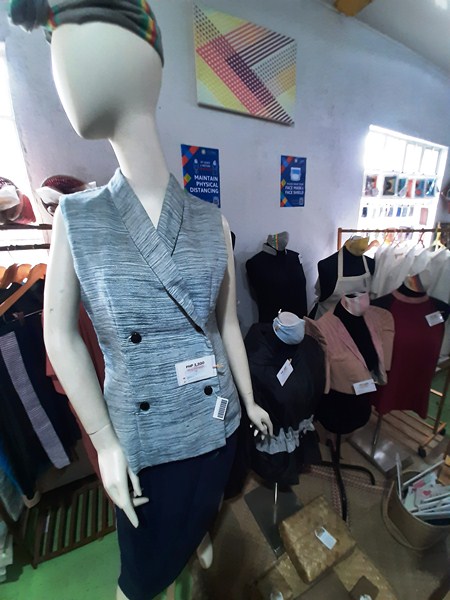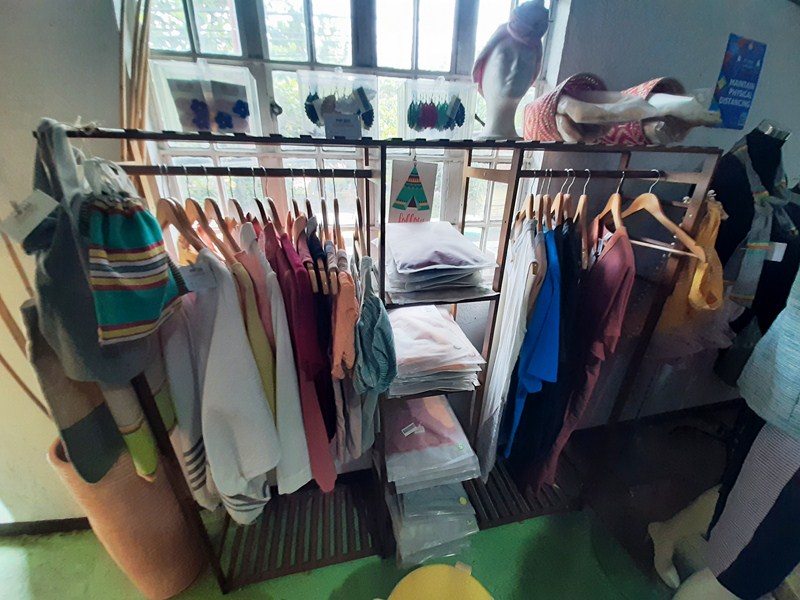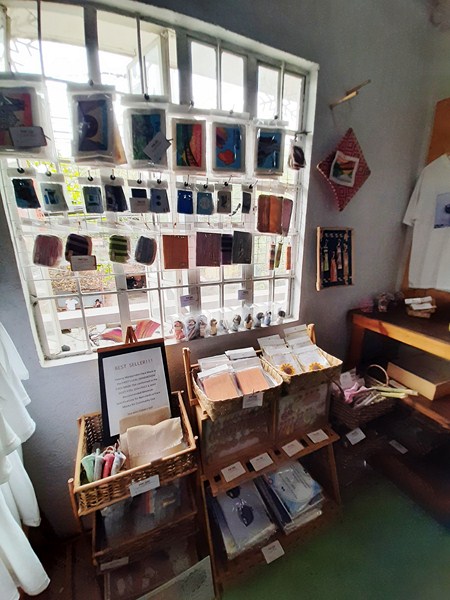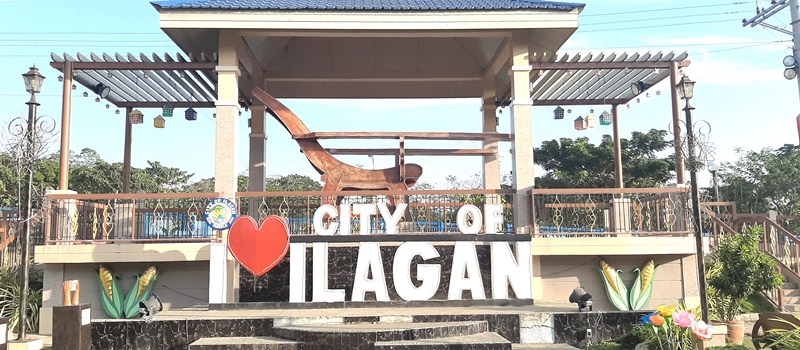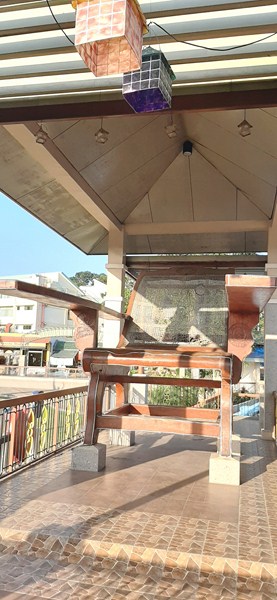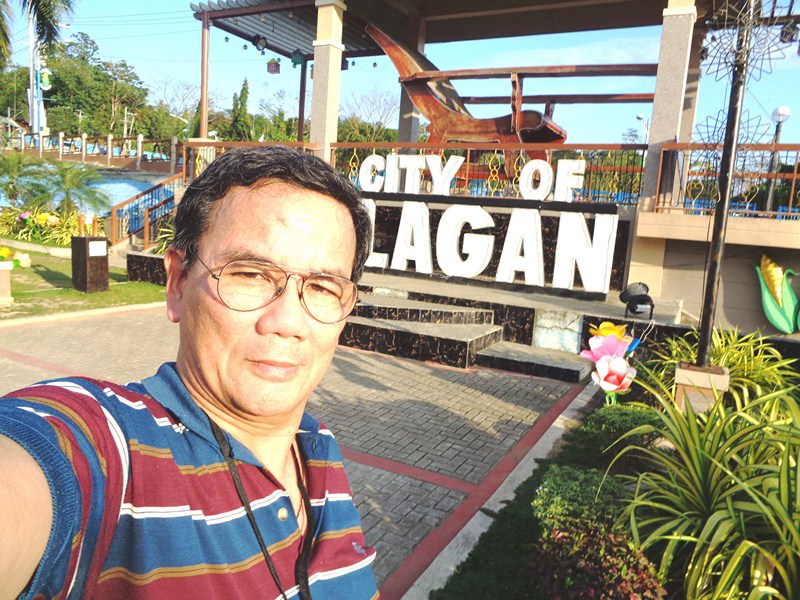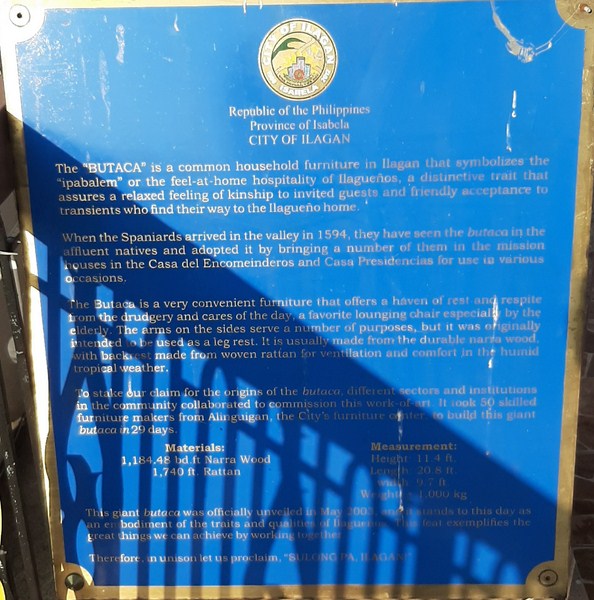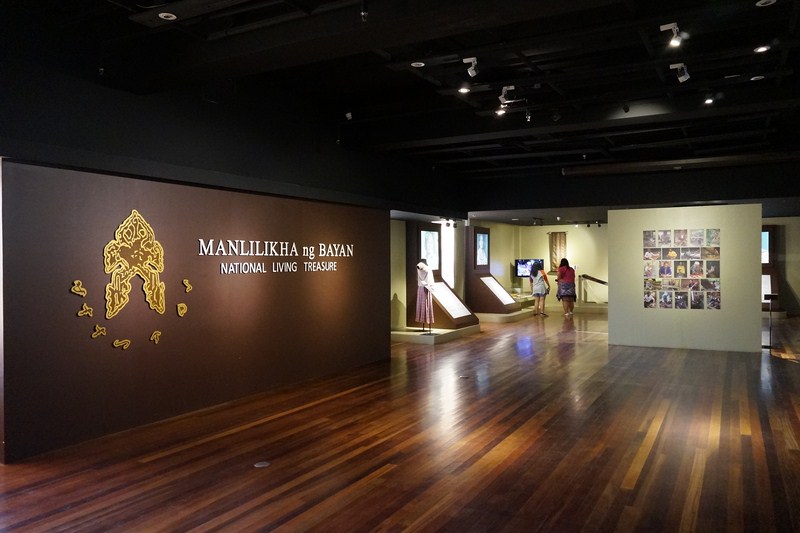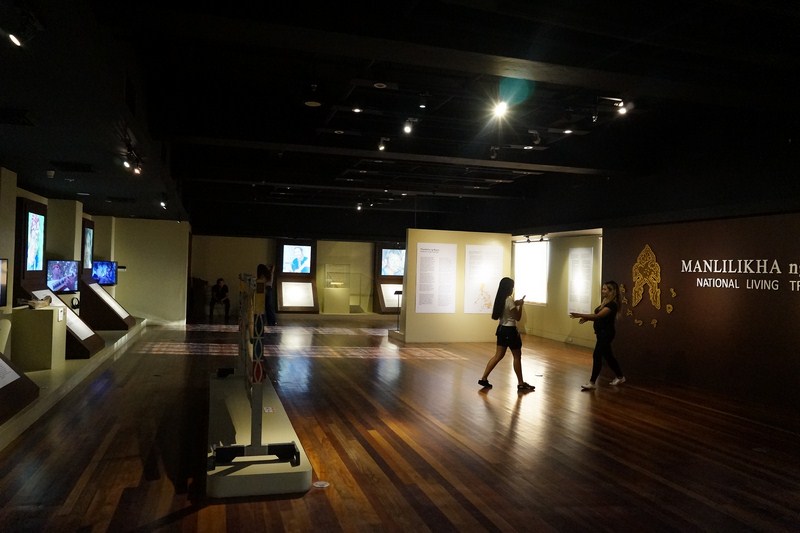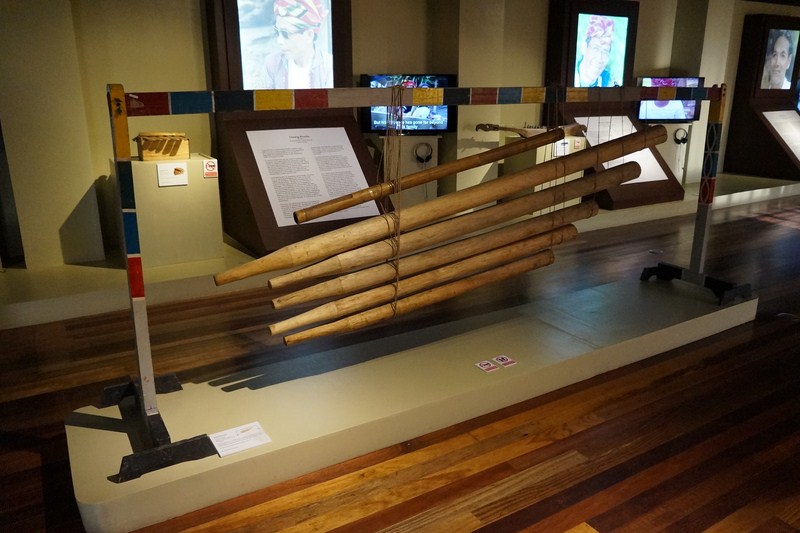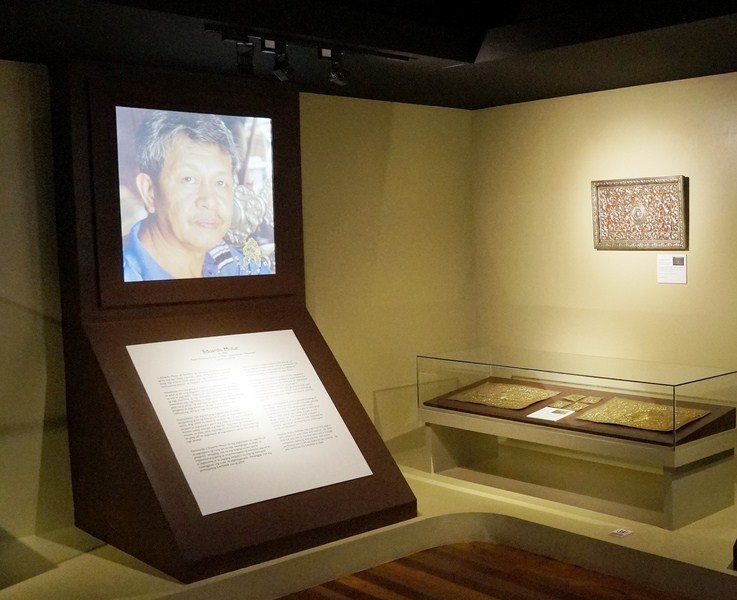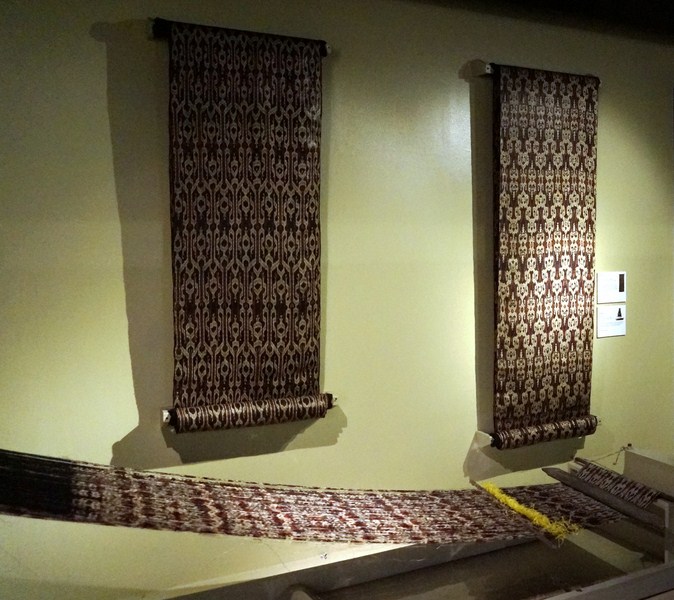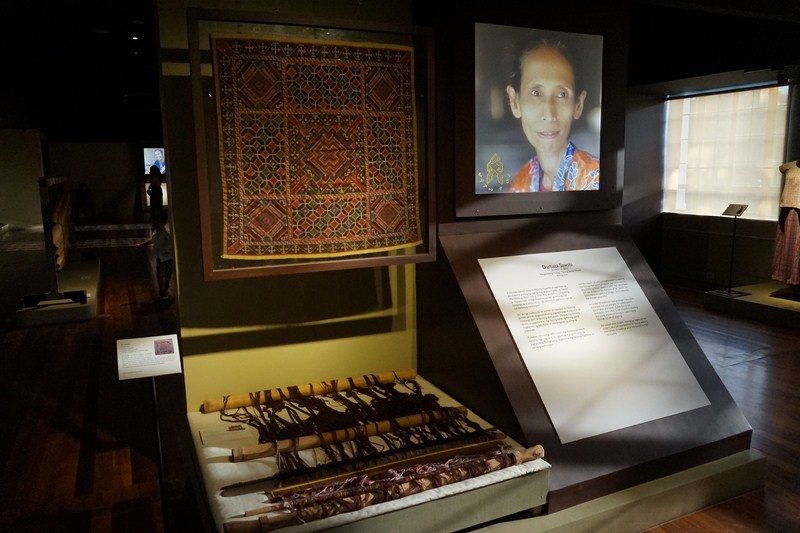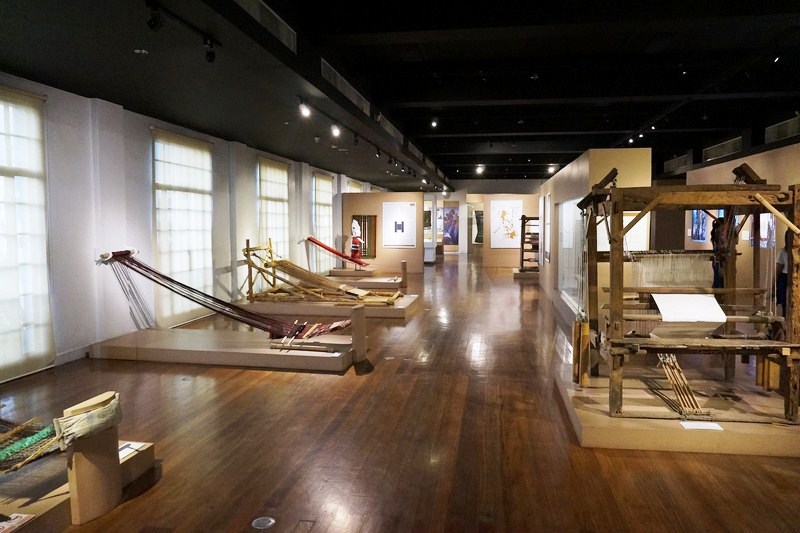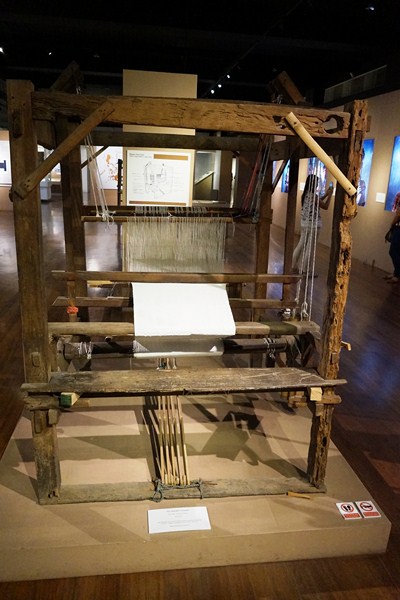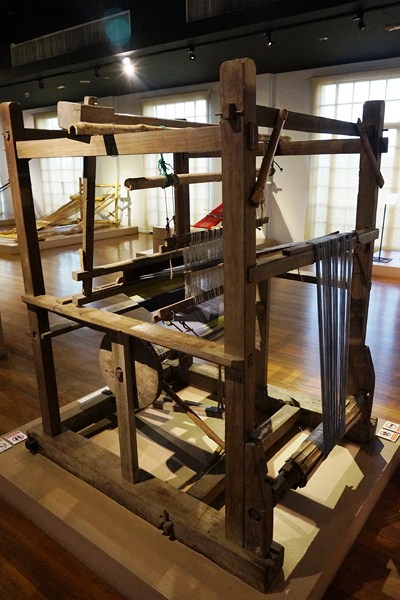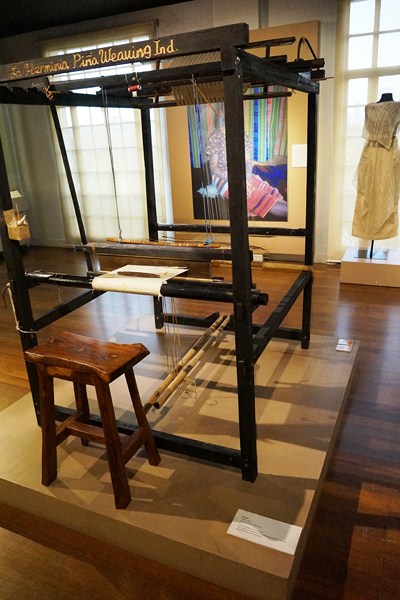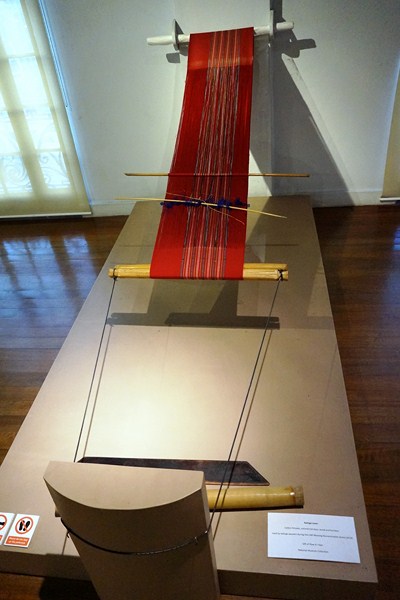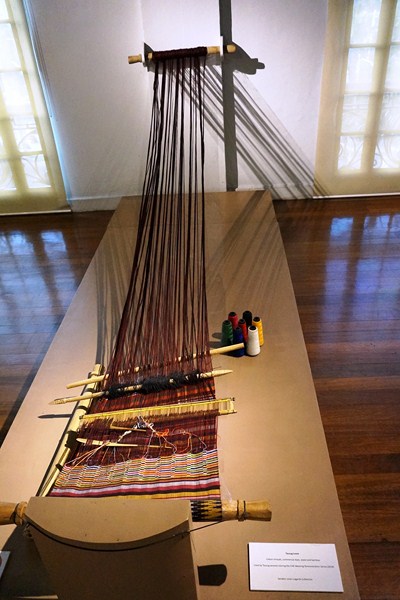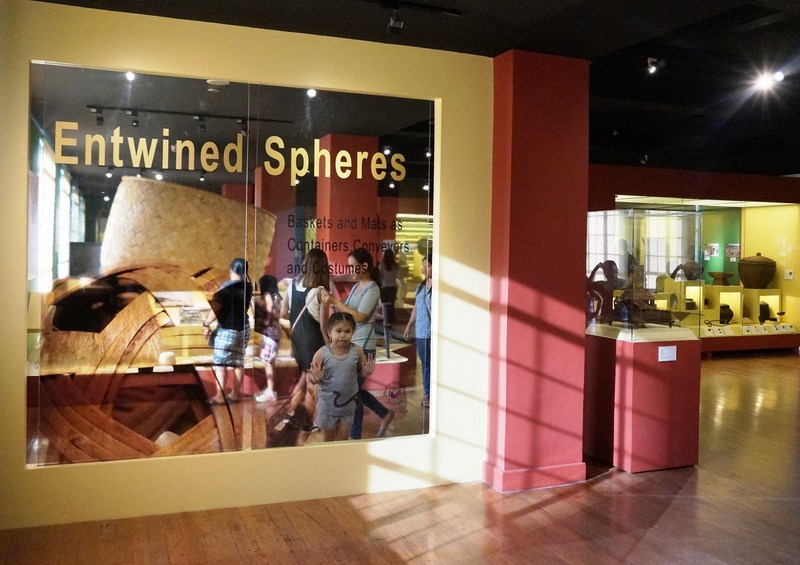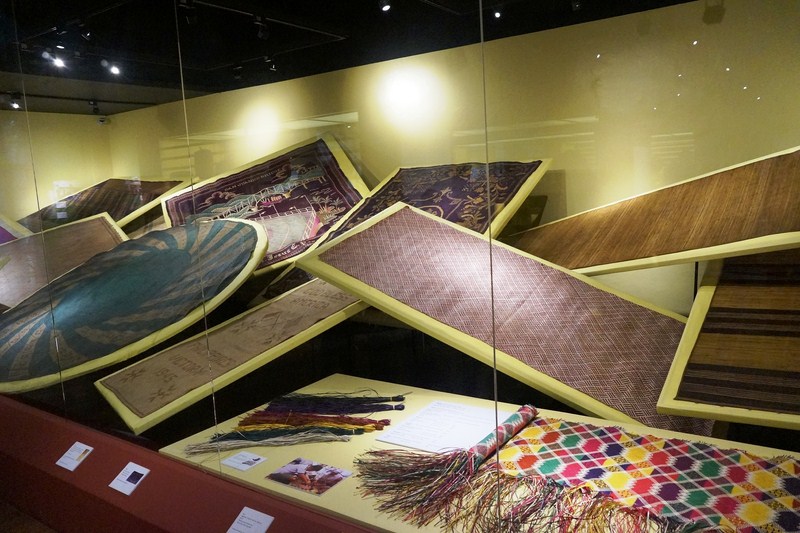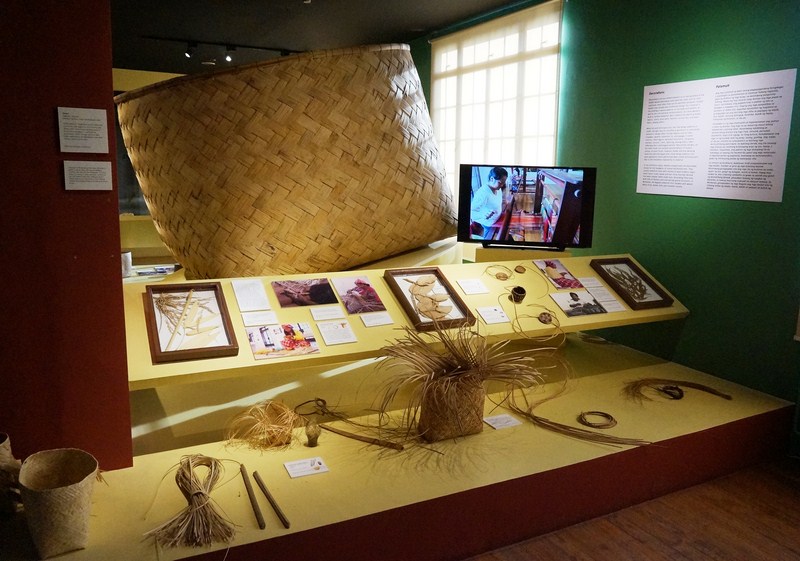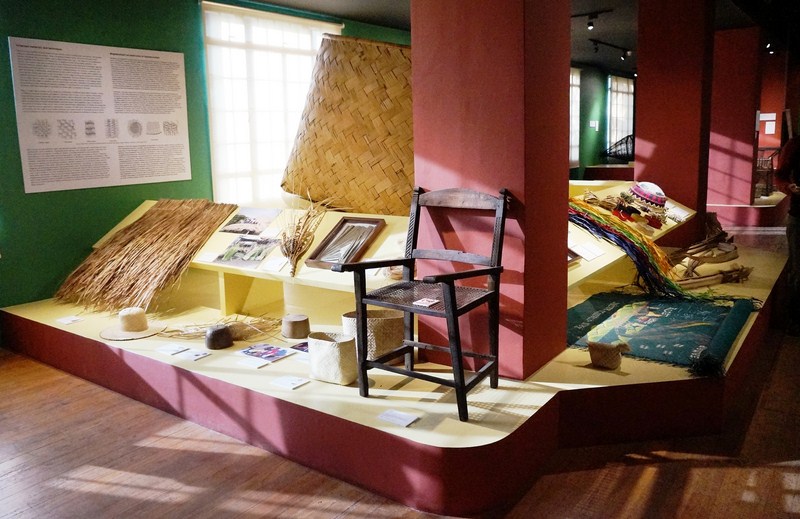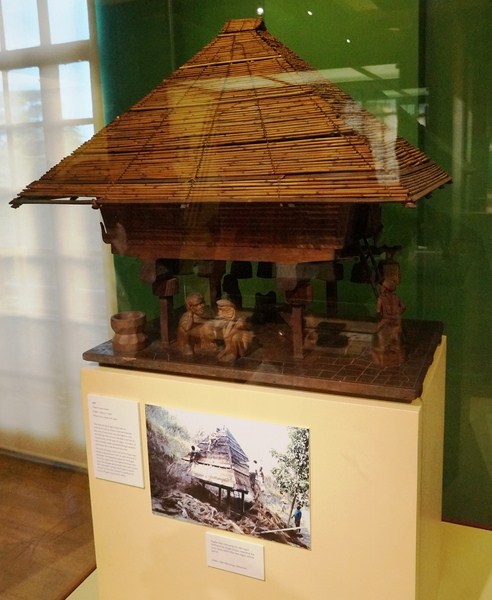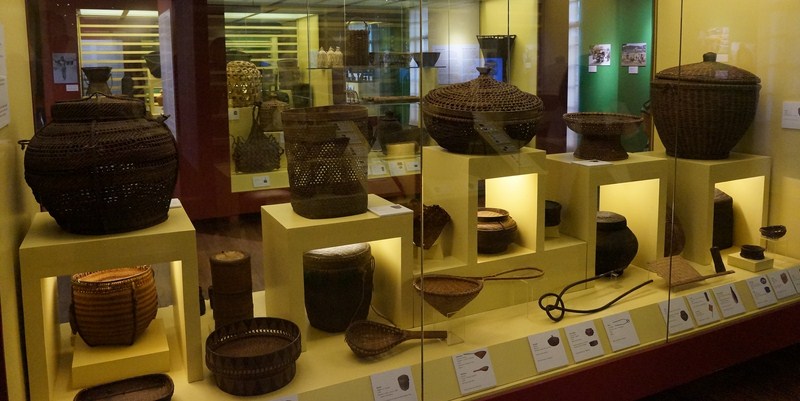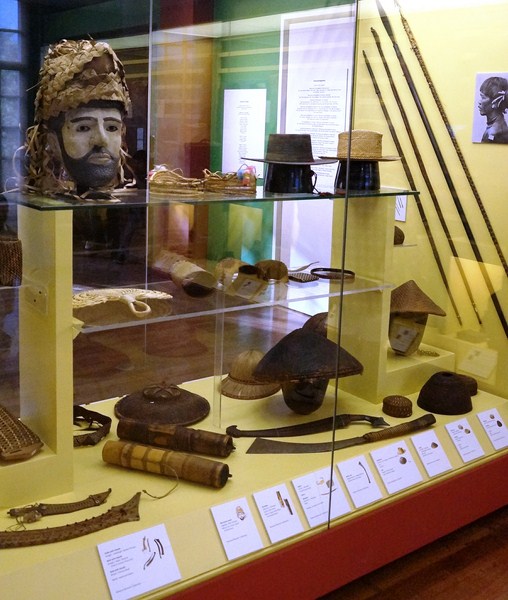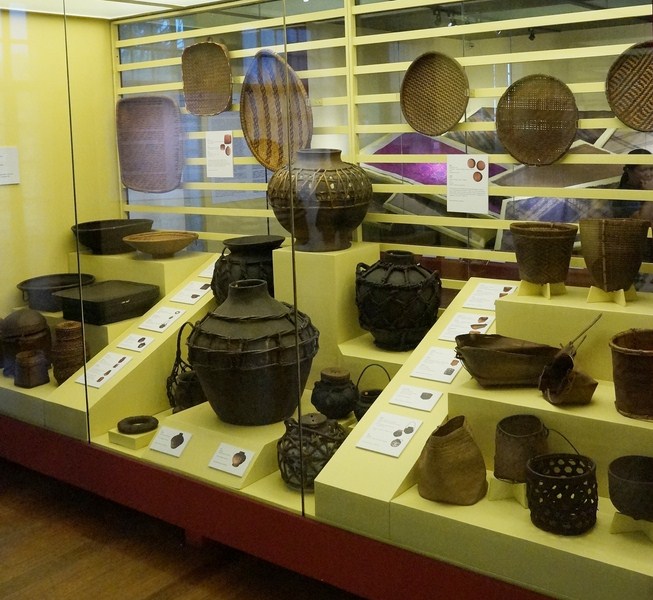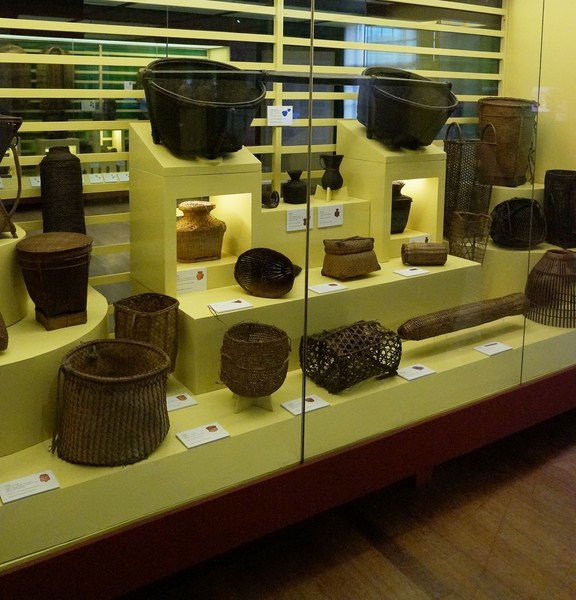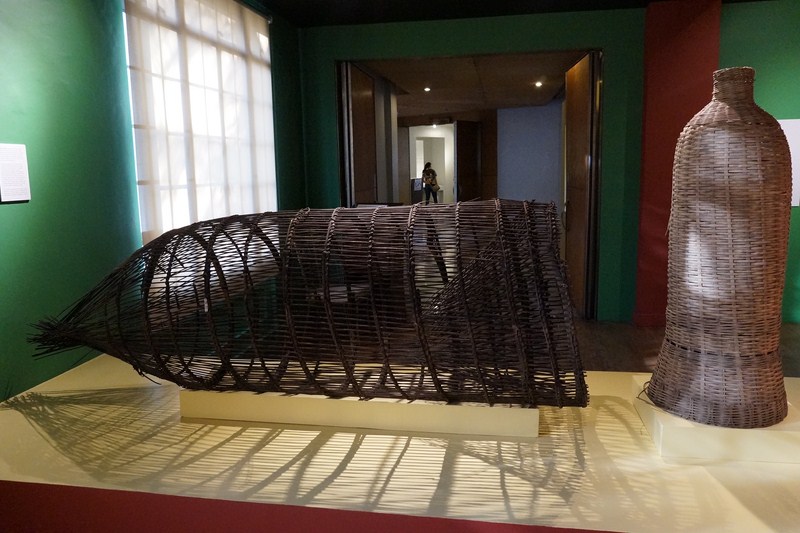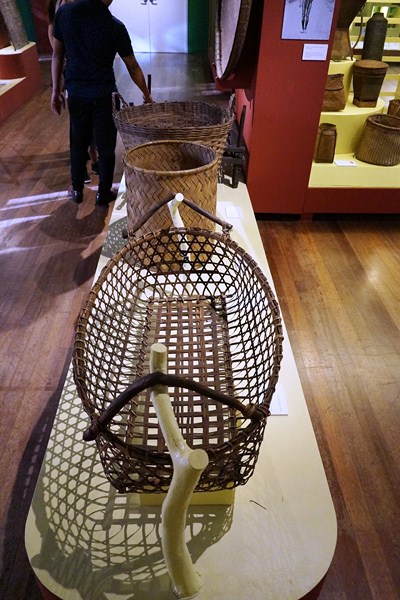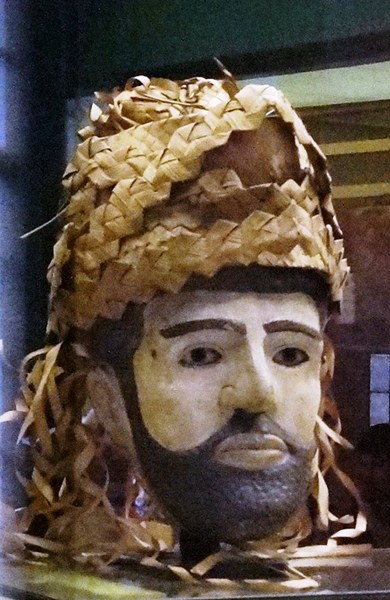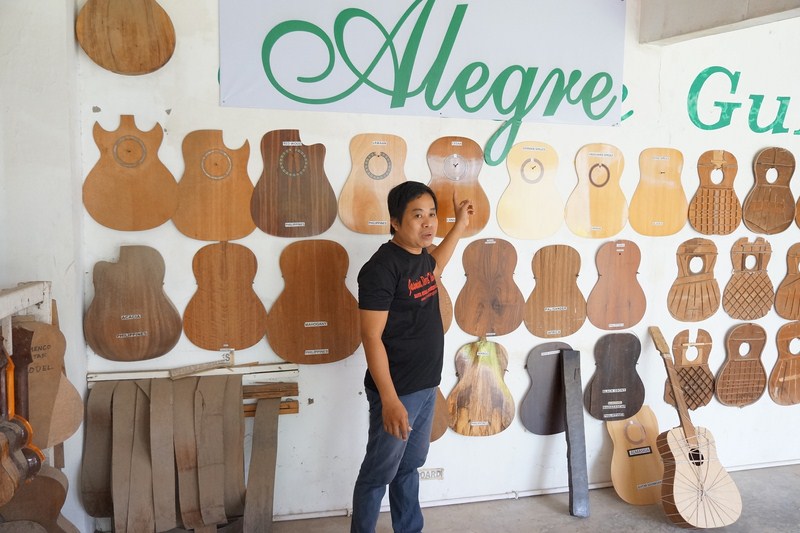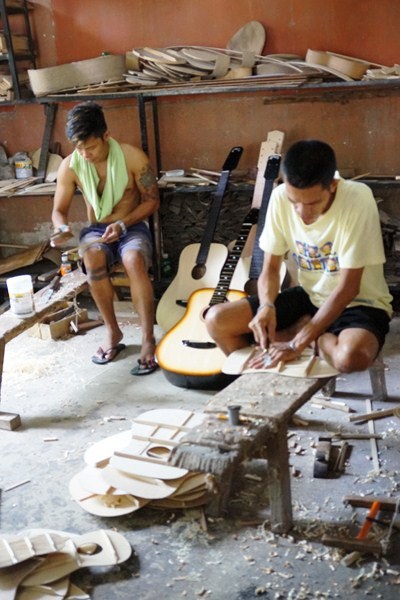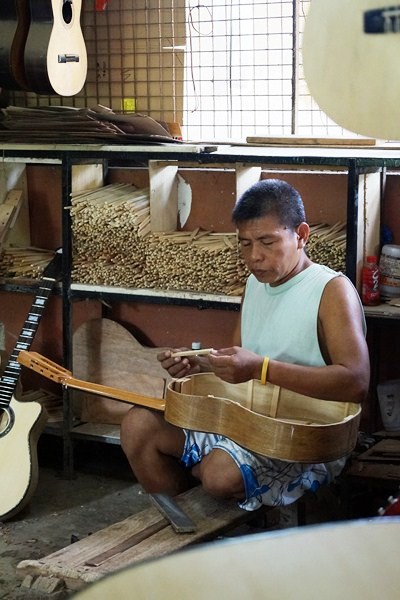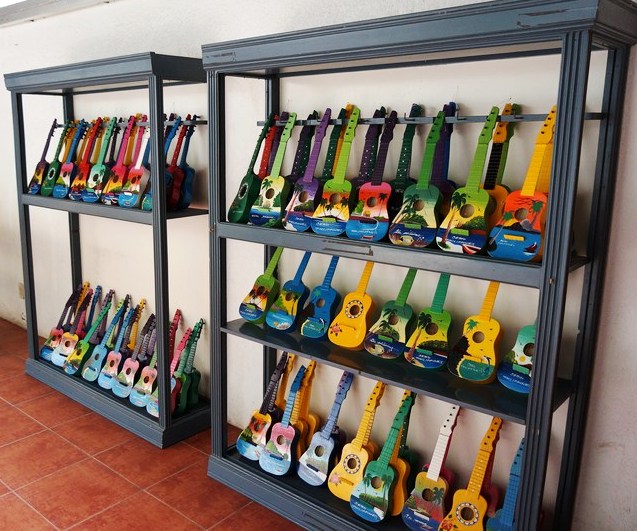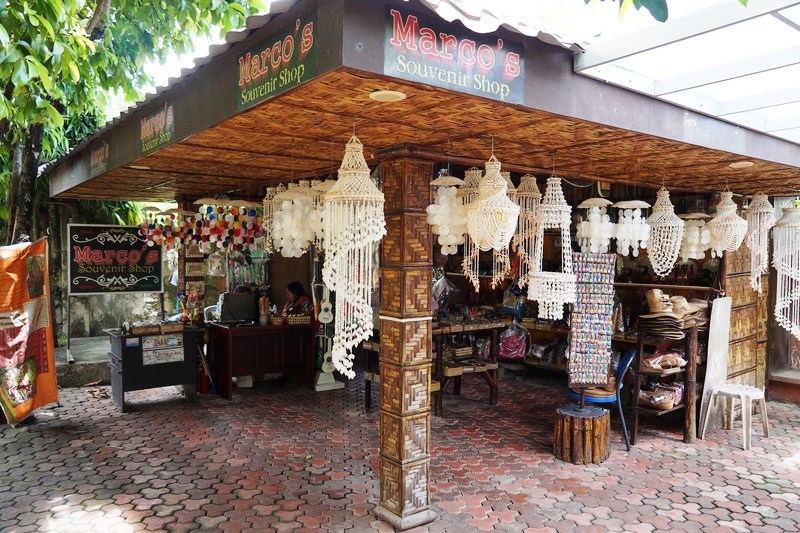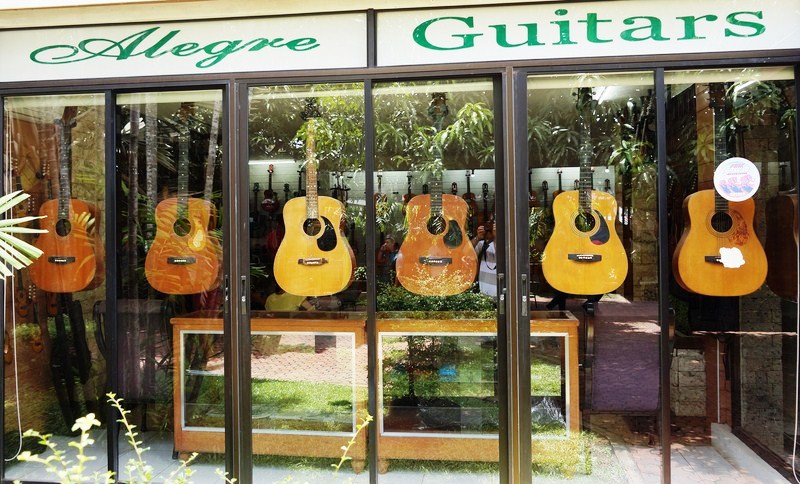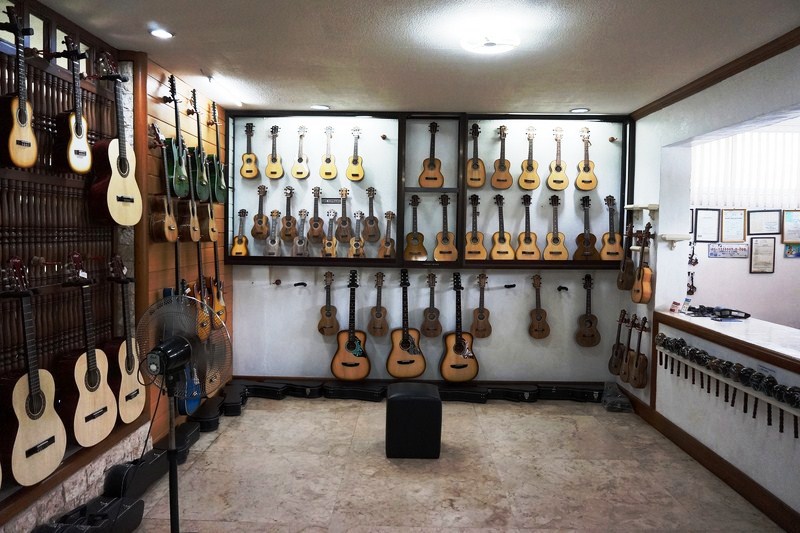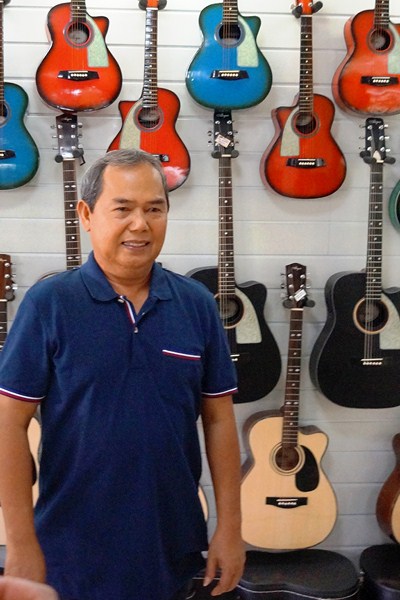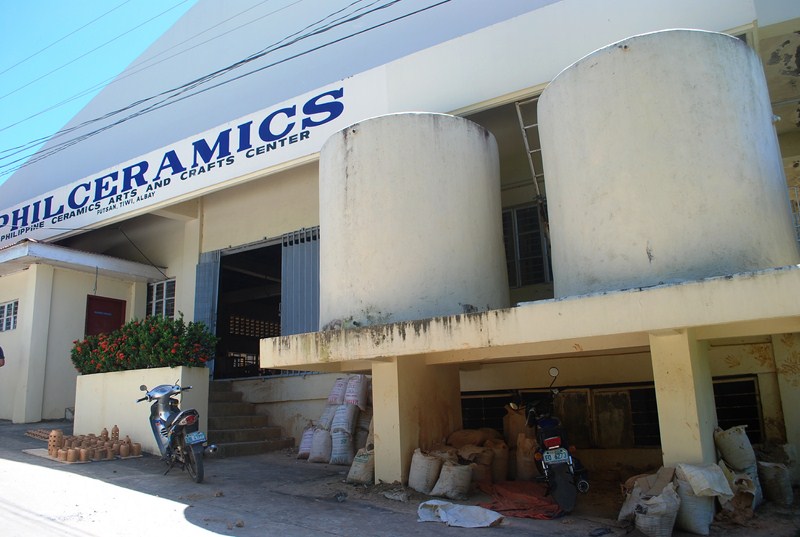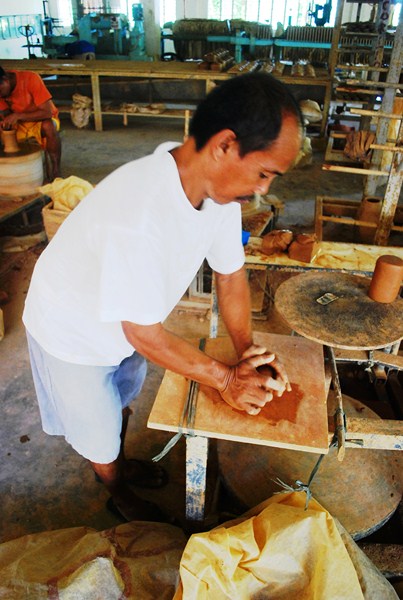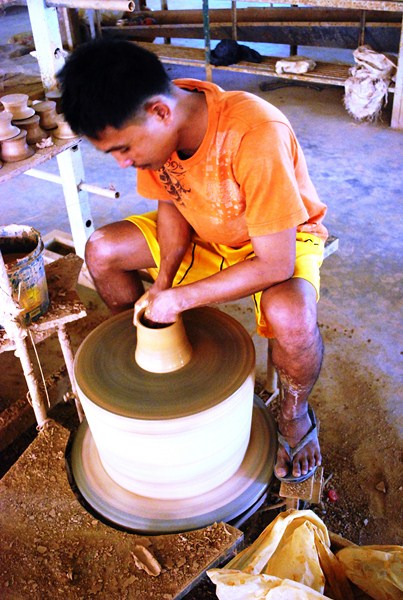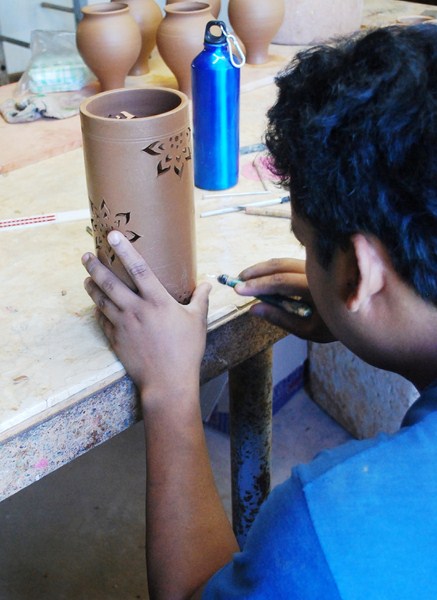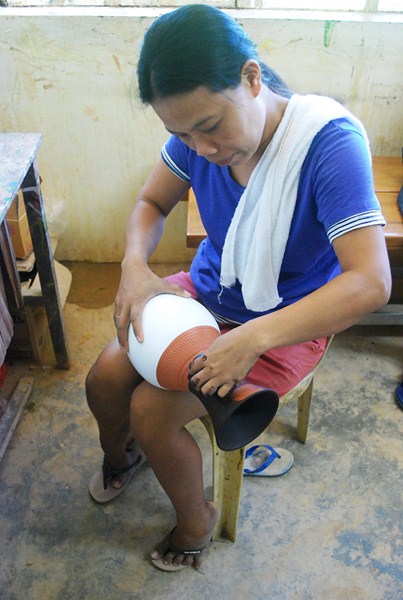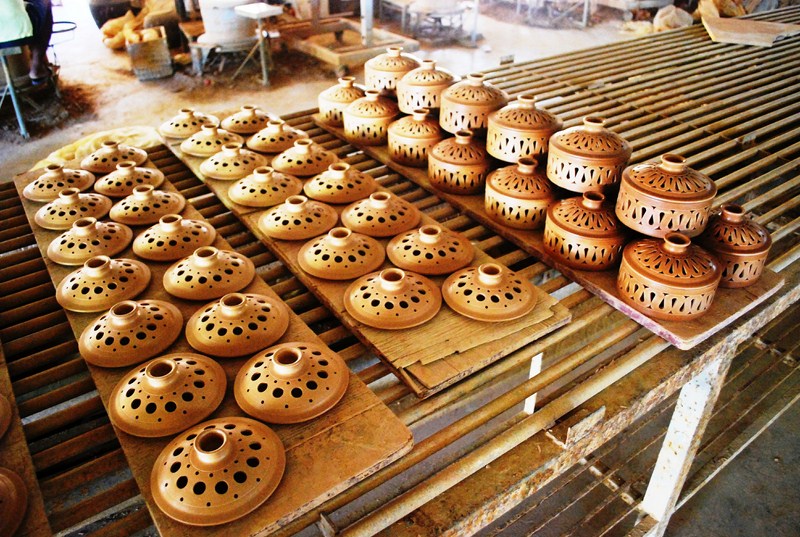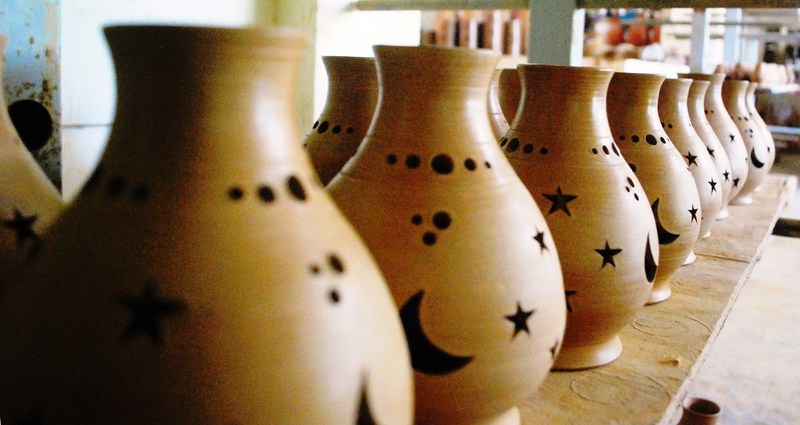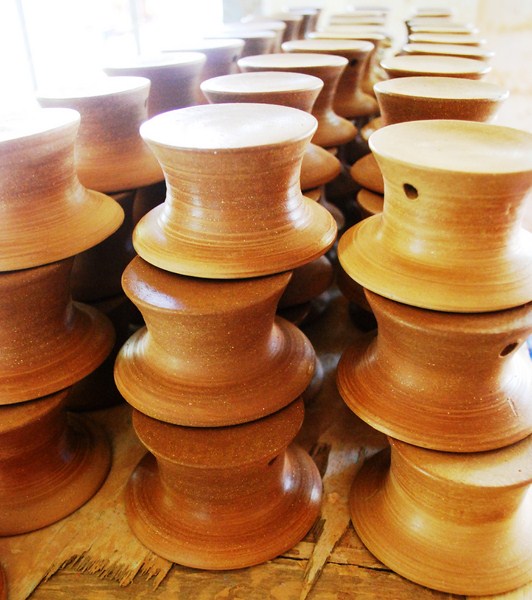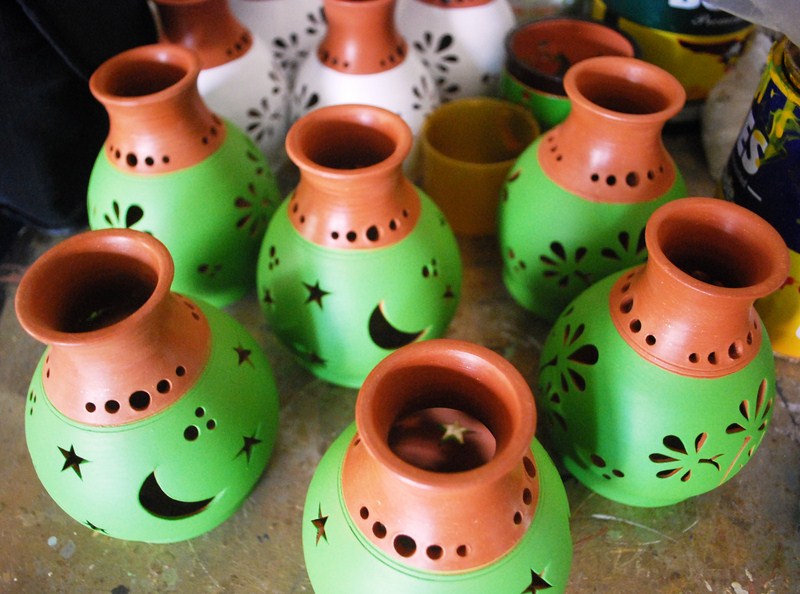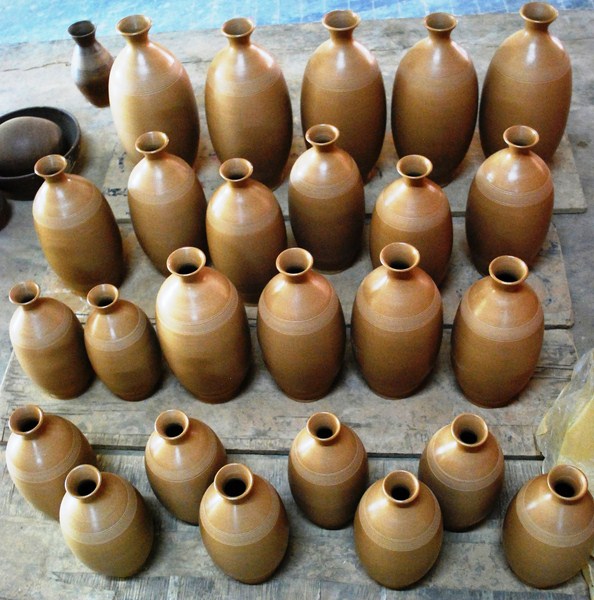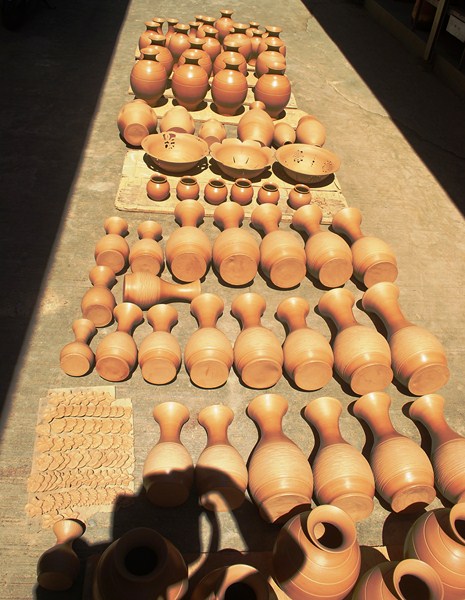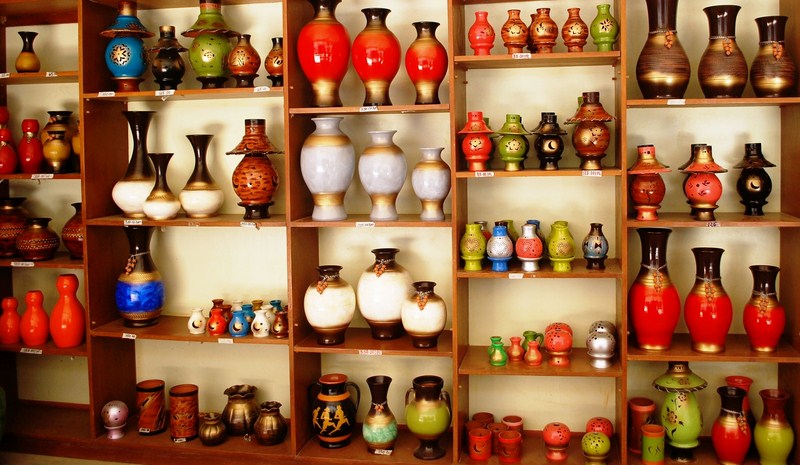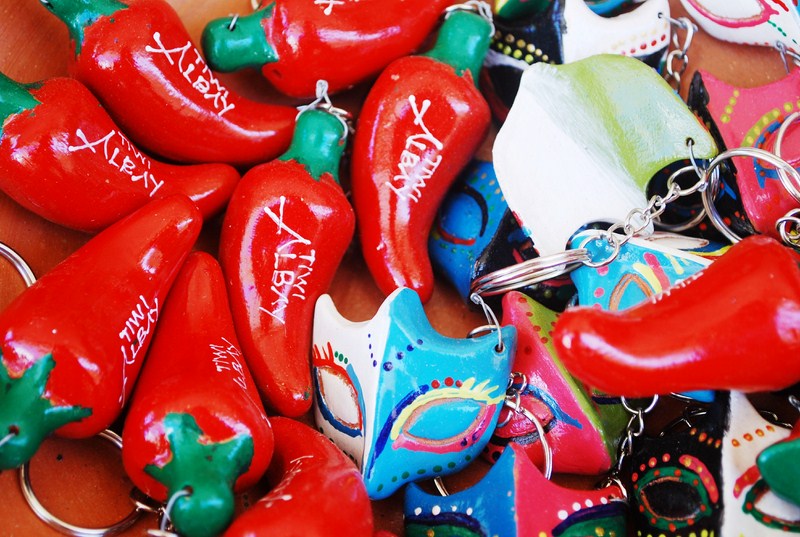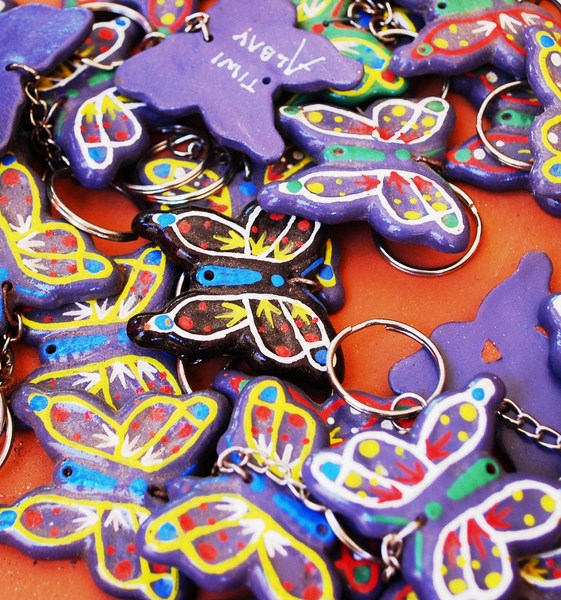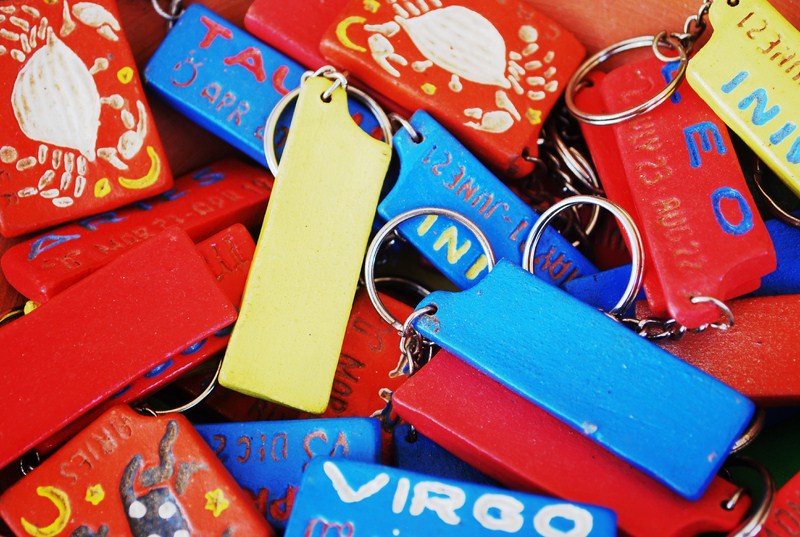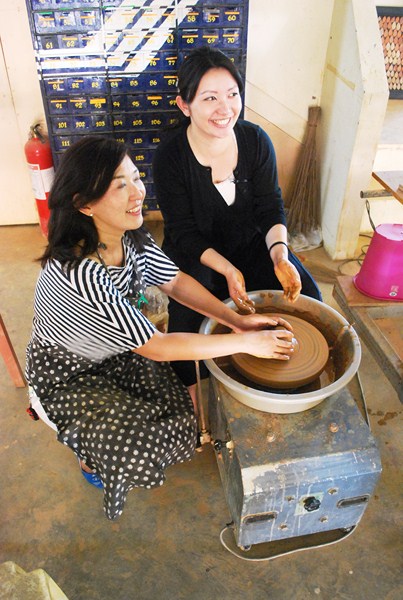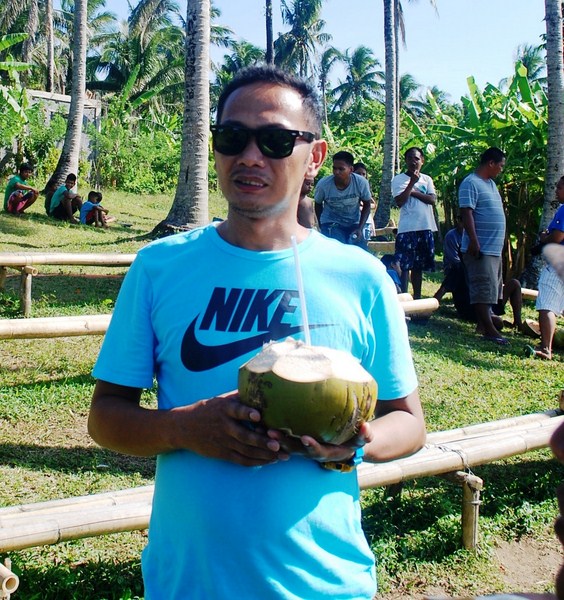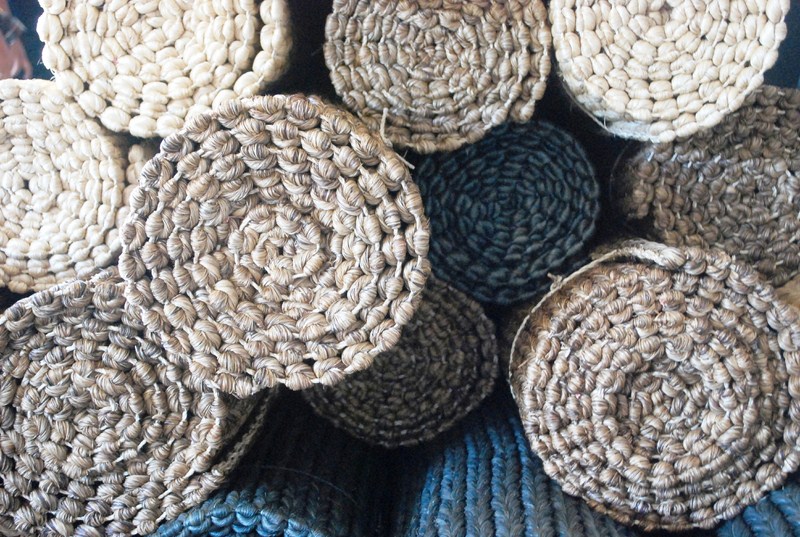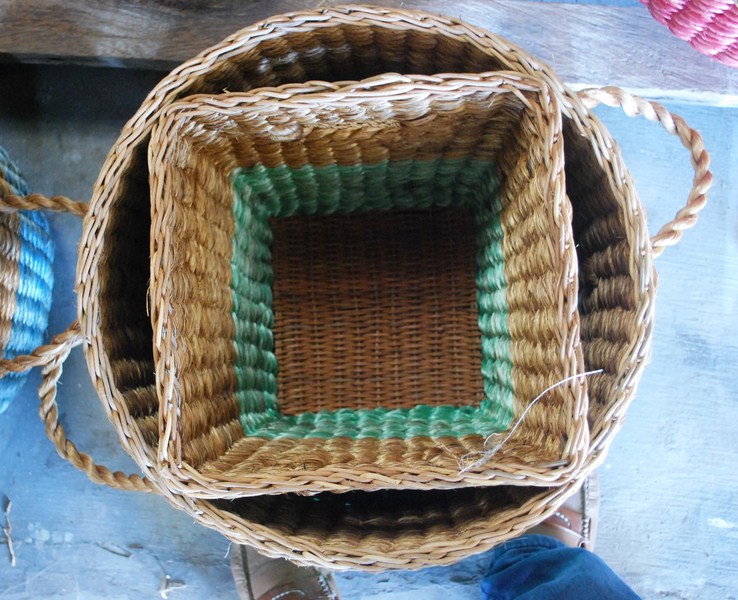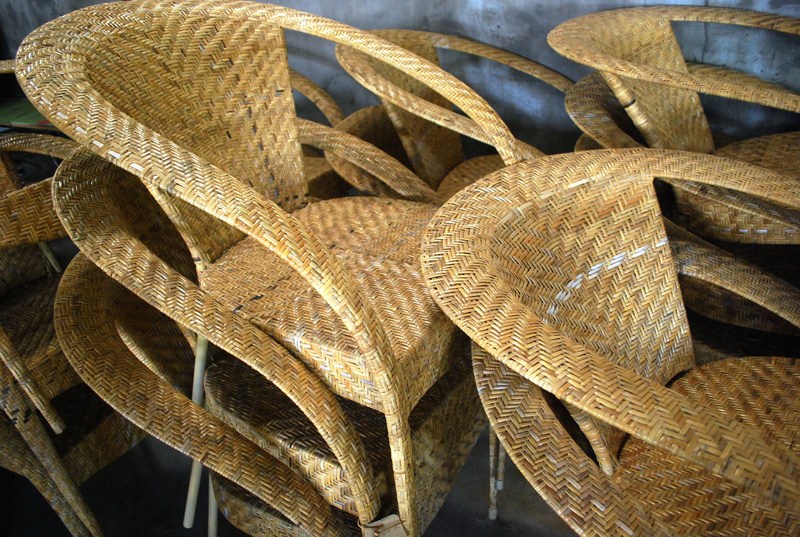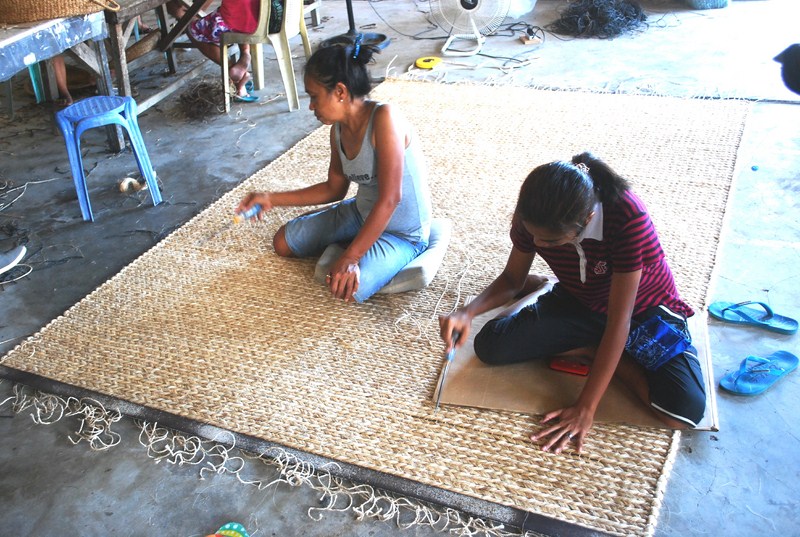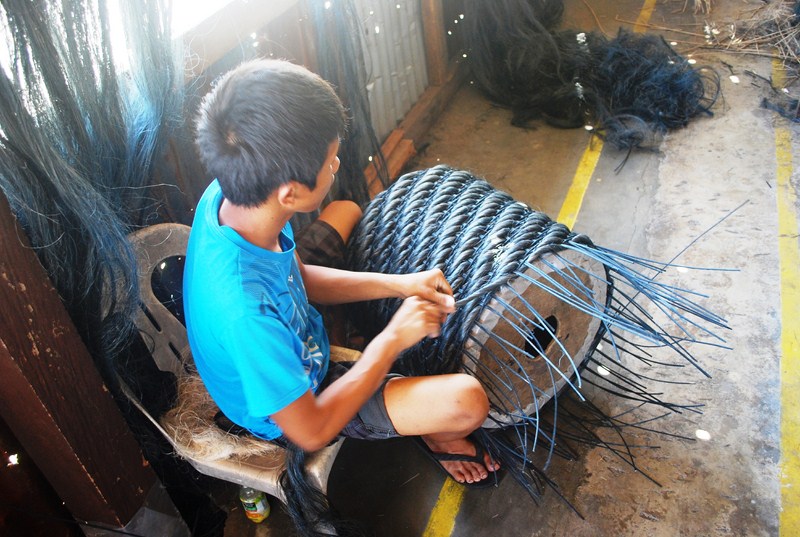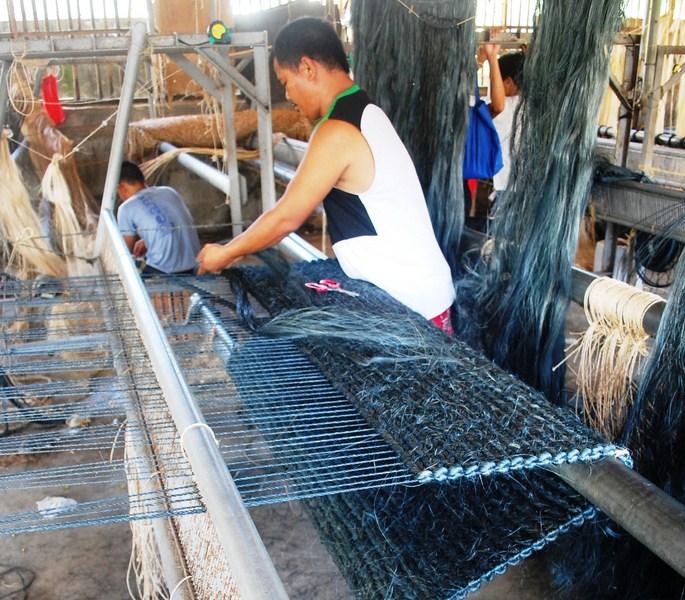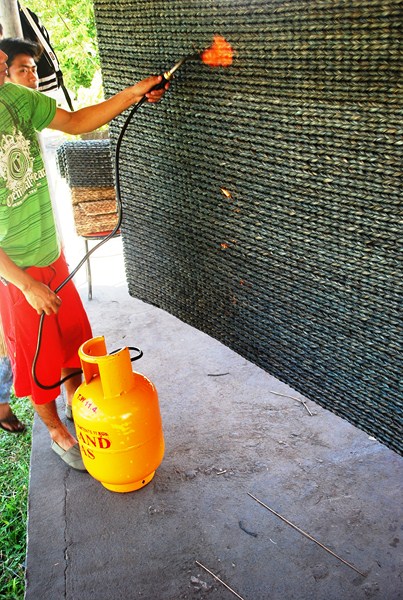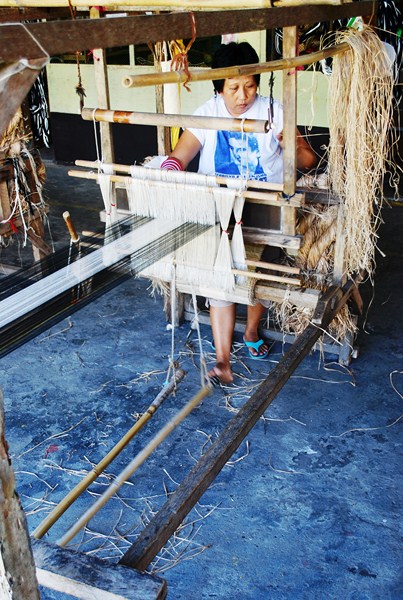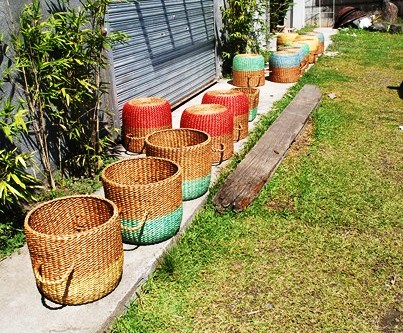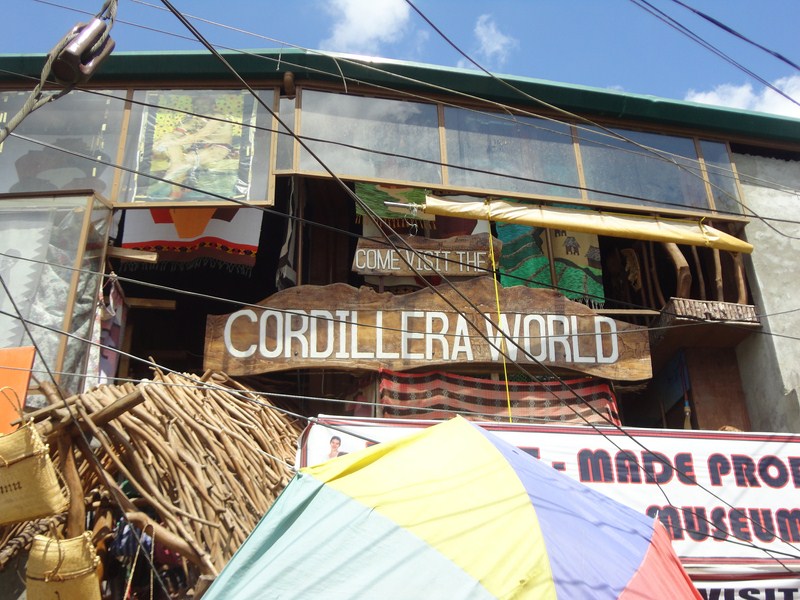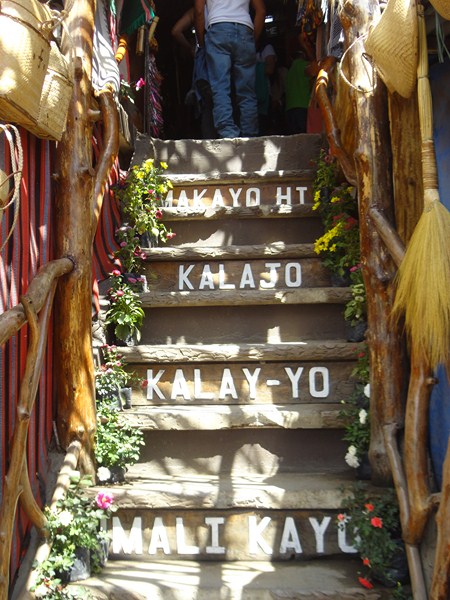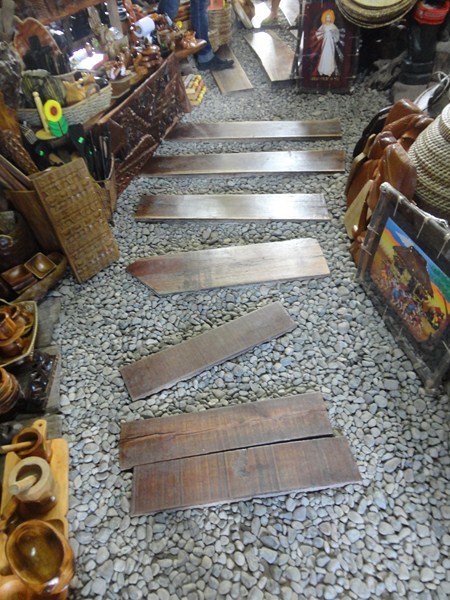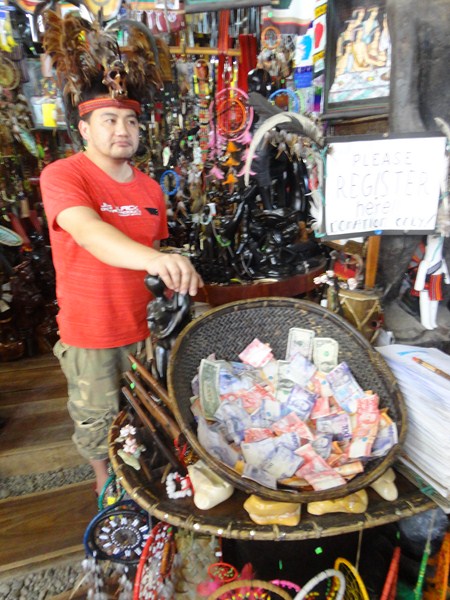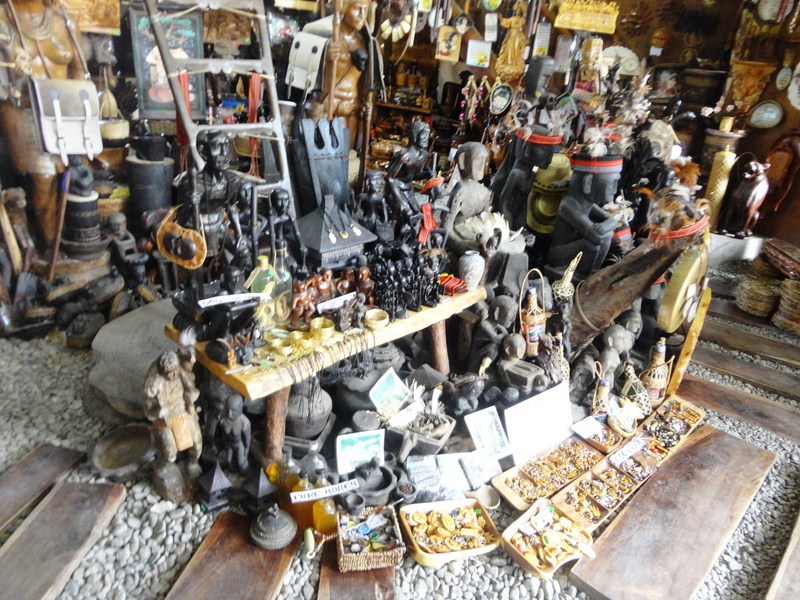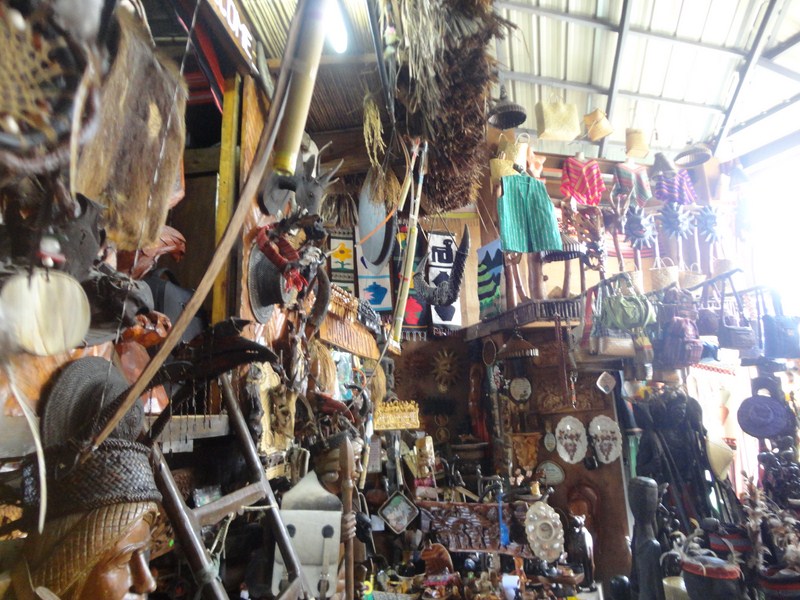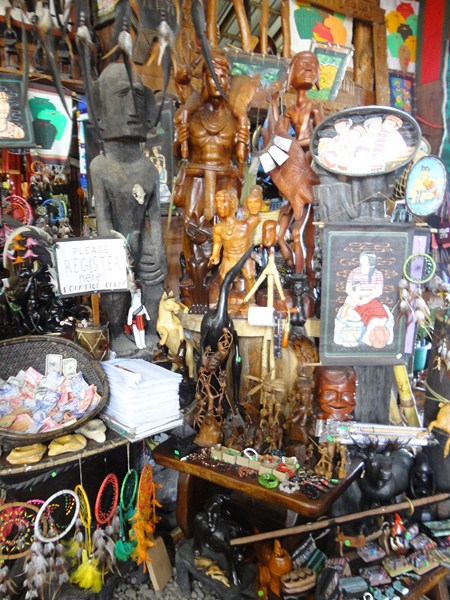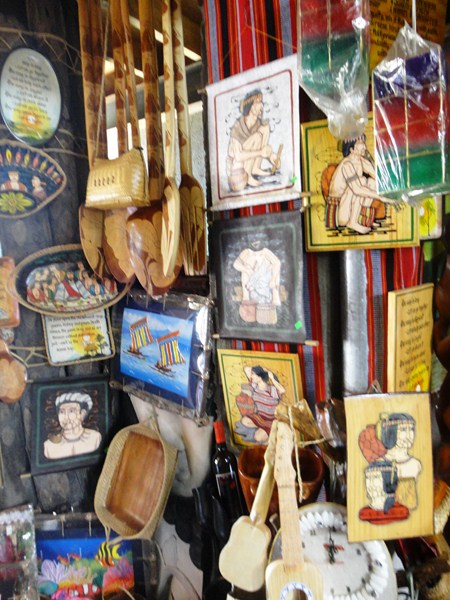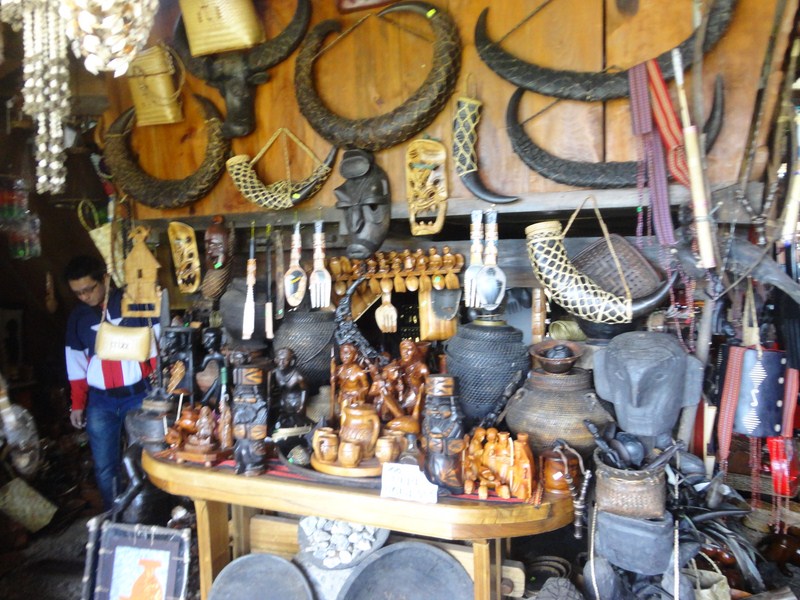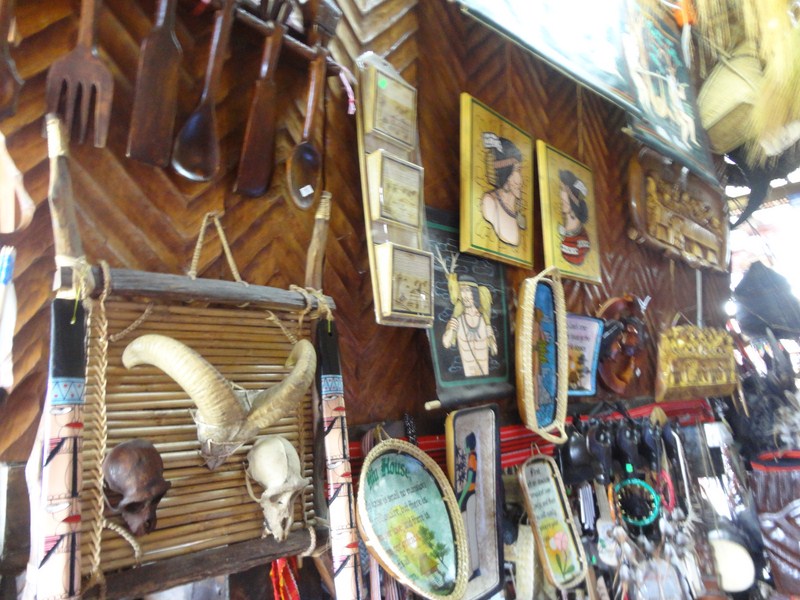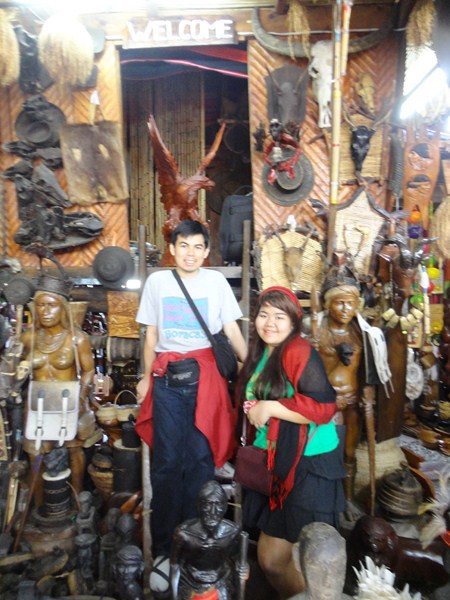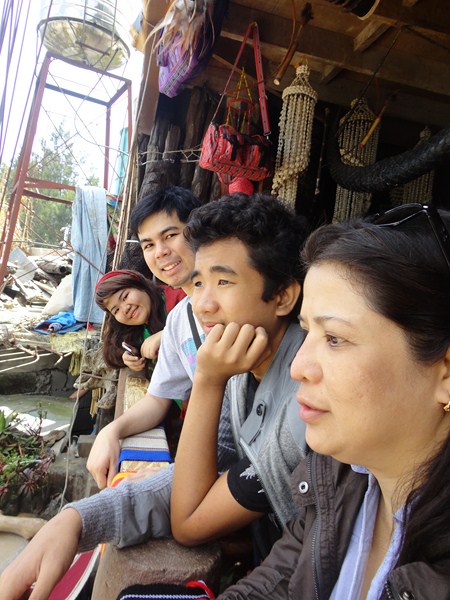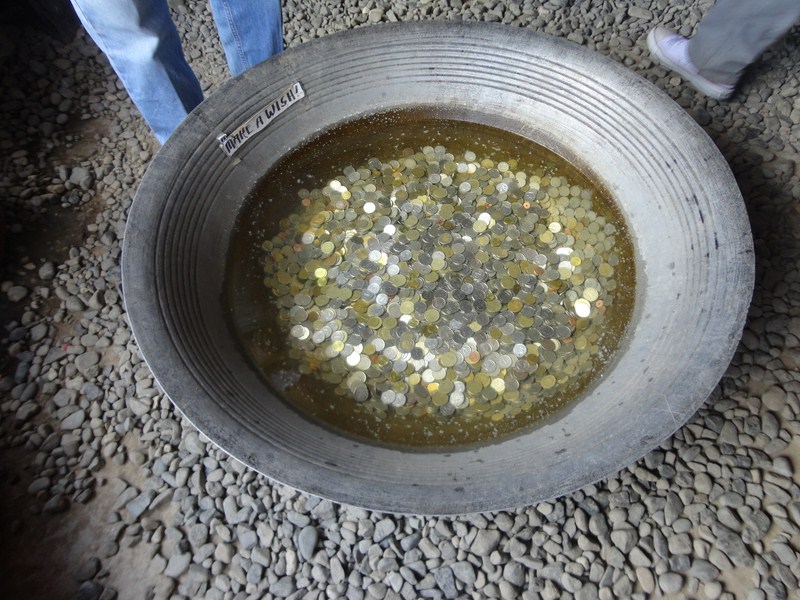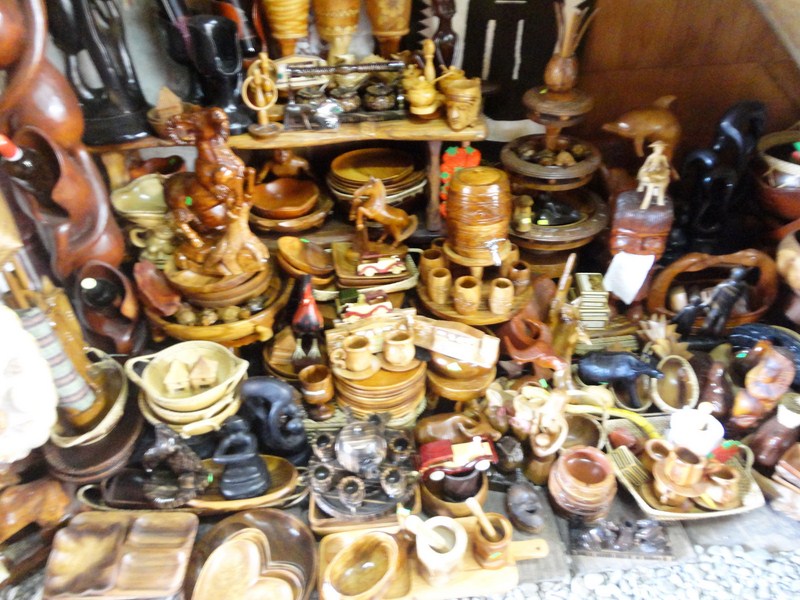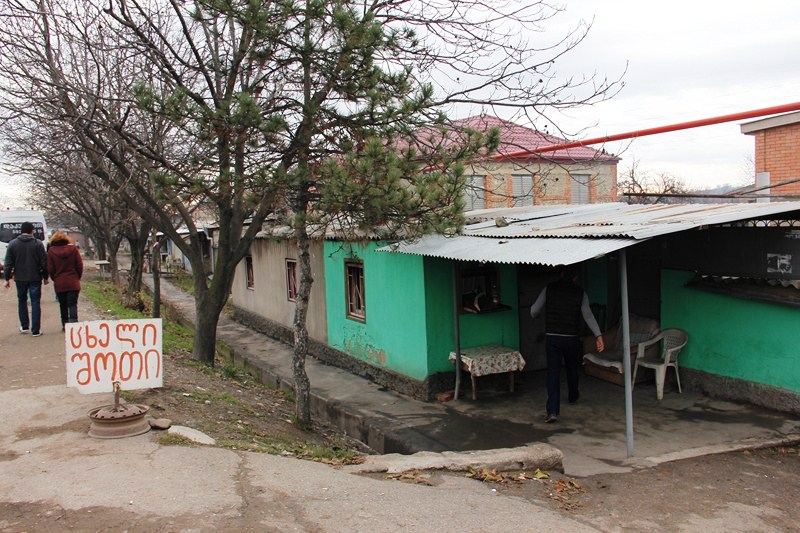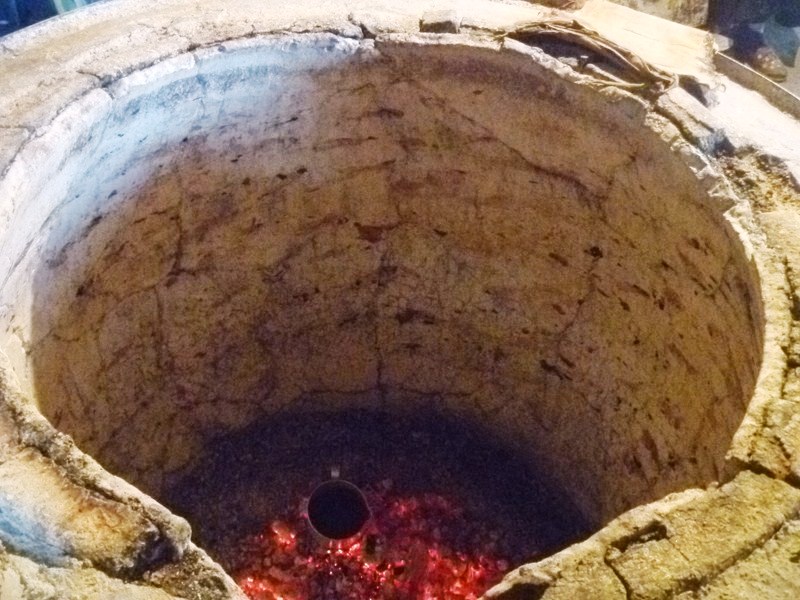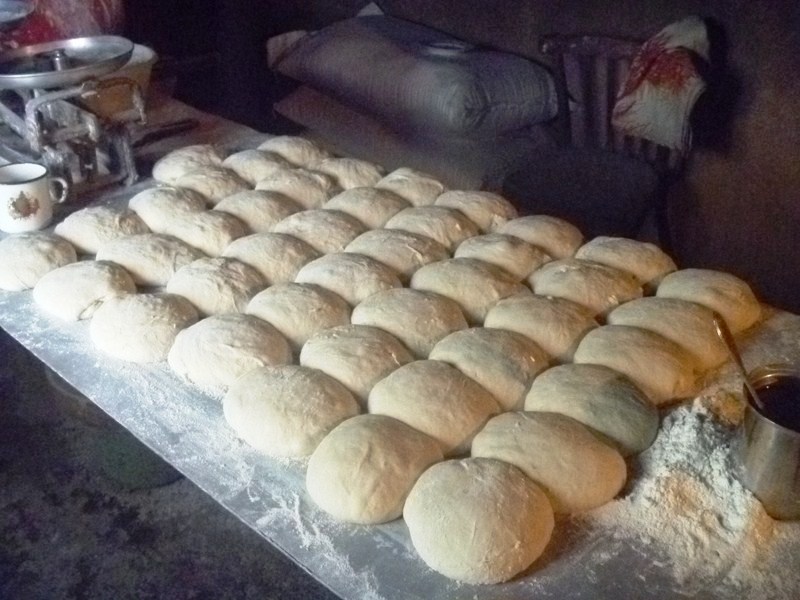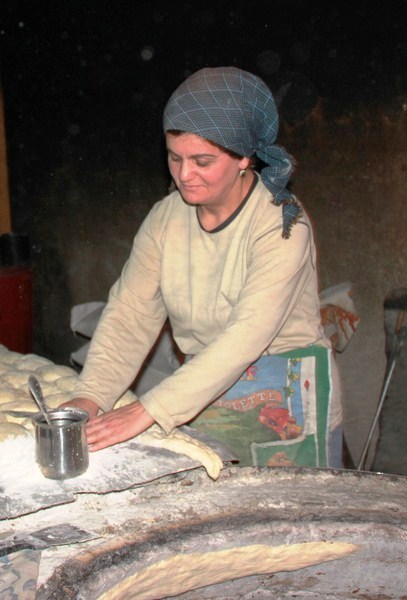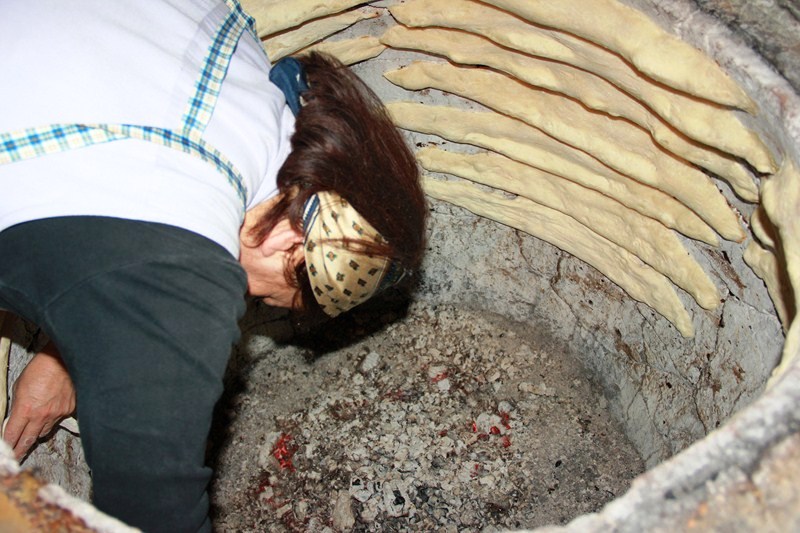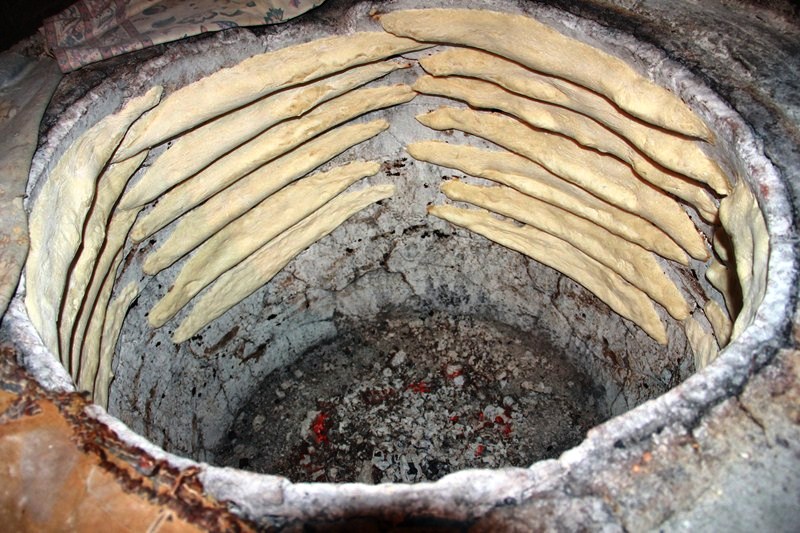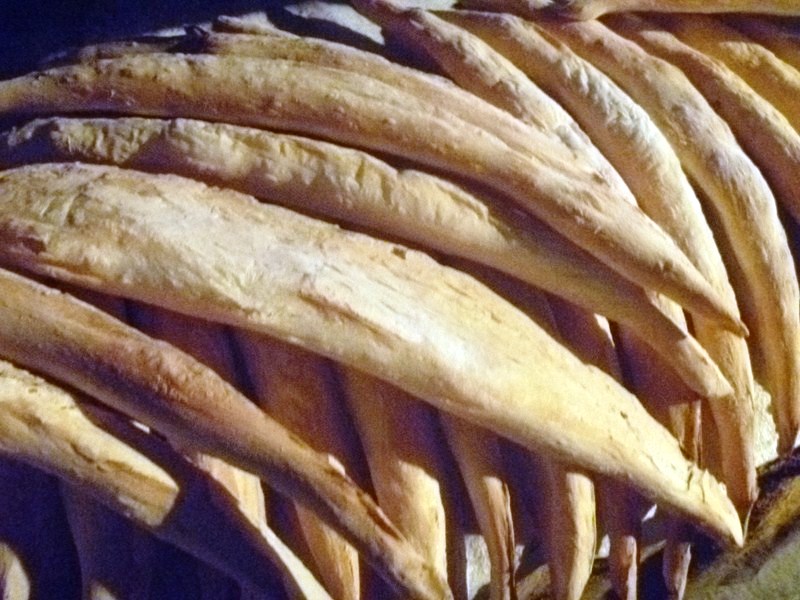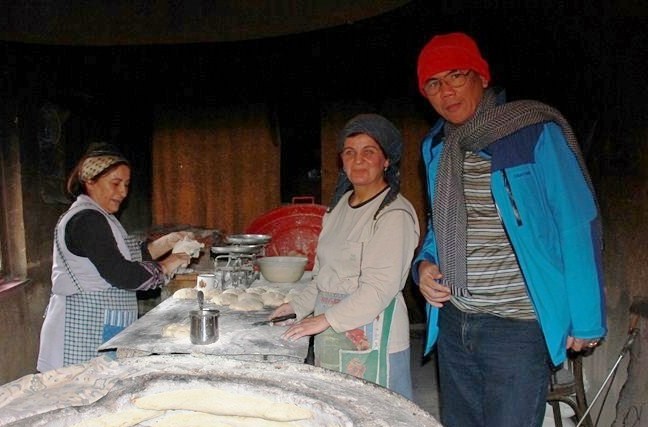Part Four of “Drive, Dine and Discover” Cavite Caravan
Before proceeding to Silang, we made another 1-km. drive, from Caingin Port (gateway to our Maragondon Cultural River Cruise), for souvenir shopping at Likhang Maragondon Native Products & Pasalubong Center, an award-winning native products enterprise which is helping revive the town’s age-old weaving tradition and bamboo craft by making them available to a bigger market.
Check out “Maragondon Cultural River Cruise”
Operating since 2019, it taps into the traditional craftsmanship of local-based and eco-friendly weaving and bamboo products made by 12 skilled Maragondon-based weavers and sewists, most of whom are housewives.
Their tagline is “Heritage in Your Hands, Crafted with a Purpose.” Upon our arrival, we were welcomed by a duo serenading us with native songs and Ms. Catherine “Therine” U. Diquit, the social entrepreneur and founder behind the business.
They make all sorts of bamboo products such as lanterns (Php1,100); dinosaur lamps (Php3,000-3,500); dog lamp (Php2,200); hanging lamps (Php1,600); tube lamp (Php1,600); speaker calendar (Php1,500); 3-layer rack (Php3,500); trapezoid lamp (Php1,500); double rectangle lamp (Php1,650); double trapezoid lamps (Php1,600); vase stand (Php2,500); alcohol pump dispensers; planters (Php480); trio containers (Php380); trays (Php380); and frames (Php500). Their energy-saving and eco-friendly bamboo speakers (Php475) have a center slit where you can insert your cell phones and play music.
Other eco-friendly products include hand-painted refrigerator magnets (Php50); pins and key chains; vases; mugs (Php150) and crochet accessories.
Their very fashionable and comfortable handwoven Maragondon habing face masks (Php350 each), the first locally made mask to conform with the recommended minimum specifications, for non-medical masks for community use, of the Department of Science and Technology (DOST), Philippine Textile Research Institute (PTRI), Department of Health (DOH), DOST-PHST (who conducted several tests on the mask) and World Health Organization (WHO), are made by the last three weavers of Maragondon using antique wooden looms.
These face masks are composed of four layers, two inner made with hydrophilic materials, and two outermost made with locally hand loom-woven fabric made with 40% upcycled thread from garment factory rejects. These have been shipped to 13 Philippine regions and 21 countries, including North Africa, Australia, Switzerland, Japan and Canada.
Other habing products include boleros (Php2,500-3,400); blankets (Php1,400); table runners (80” x 8.5,” Php395); throw pillow cases (18’ x 18,” Php800 for a set of 2), toiletry pouches (9.5 x 7,” Php780); pouches (Php270); refrigerator and water dispenser covers; passport/vaccination card holder (Php350); handbags (Php1,500); hair bun twist (Php280); hand towels (Php390 for set of 3); turbans (Php380); place mats (Php1,400 for 8 pieces); braided bracelets (Php120); tote bag (Php975-1,750); aprons (Php480); laptop/document bag (Php1,400); Amigurumi dolls (Php180-200); shades pouch (Php300); coin purses (Php225); clutch bag (Php1,250); kitchen towel set (Php350 for 2); wall mail organizer (Php320); accordion wallet (Php365); kimonos; ponchos (Php900); jackets (Php1,400); ribbon scunchies (Php80); scarves; key holders (5” x 1, Php280); etc.
Several local artists, such as Pastor Lito Gestiada (acrylic paintings) and Dan Turiano (oil pastel ‘Starry Night’ version of Mt. Buntis) have commissioned their masterpieces at Likhang Maragondon. Some artists have also painted the bamboo products to give more colors and design.
They also sell native delicacies such as delectable puto with dinuguan (Php600 for 20 pieces); peanut butter (Php250); yema (Php70); onde-onde; gourmet tinapa (Php250); chili garlic oil (Php120); adobong mani (Php110); biko; atsara (Php250); Ala Carding Backfat chicharon (Php110); Kusina ni Ingga vinegar (Php90-120); ube; flavored palitaw; etc.
Likhang Maragondon Native Products & Pasalubong Center: Brgy. Garita A, 4112 Maragondon, Cavite. Mobile number: (0995) 138-1813. E-mail: likhangmaragondon@yahoo.com. Website: www.likhangmaragondon.com.
Maragondon Municipal Tourism Office: G/F, Municipal Bldg., Brgy. Poblacion 1-A, Maragondon, 4112 Cavite. Tel: (046) 686-3139. Mobile number: (0926) 237-6537.
Automobile Association of the Philippines (AAP): AAP Tower, 683 Aurora Blvd., Quezon City 1112. Tel: (632) 8723-0808 and (632) 8705-3333. Website: www.aap.org.ph. E-mail: info@aap.org.ph.
AAP Lakbay, Inc.: G/F, Sea Tower Bldg., 332 Roxas Blvd. cor. Arnaiz St., Pasay City. Tel: (32) 8551-0025 and (632) 8403-543. E-mail: aaplakbay.caravan@gmail.com. Coordinates:
14.5456531, 120.9914728.

